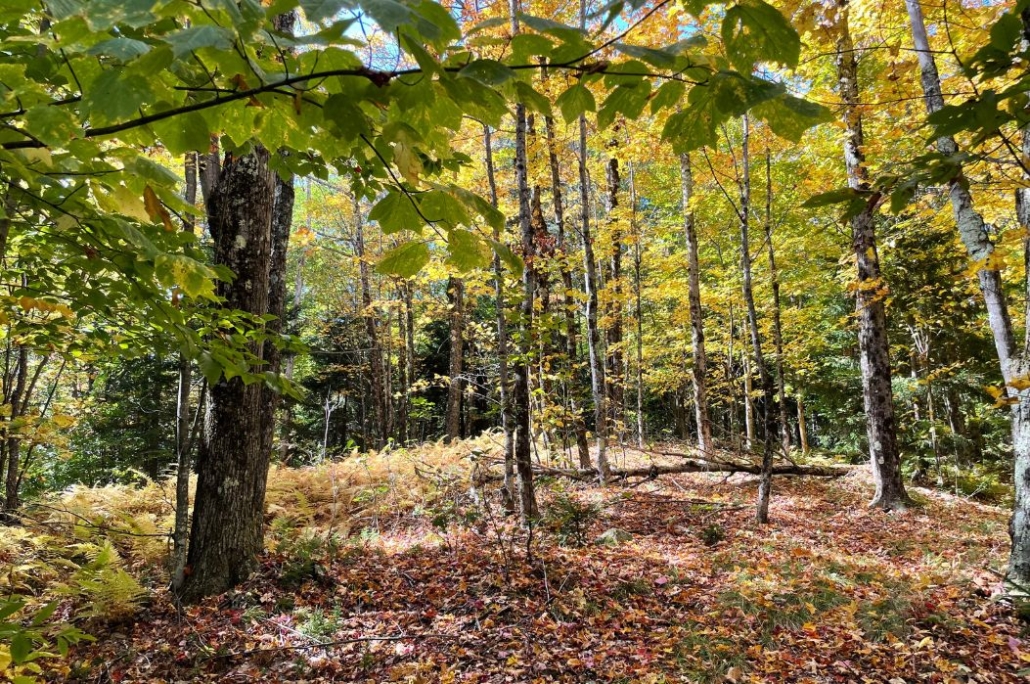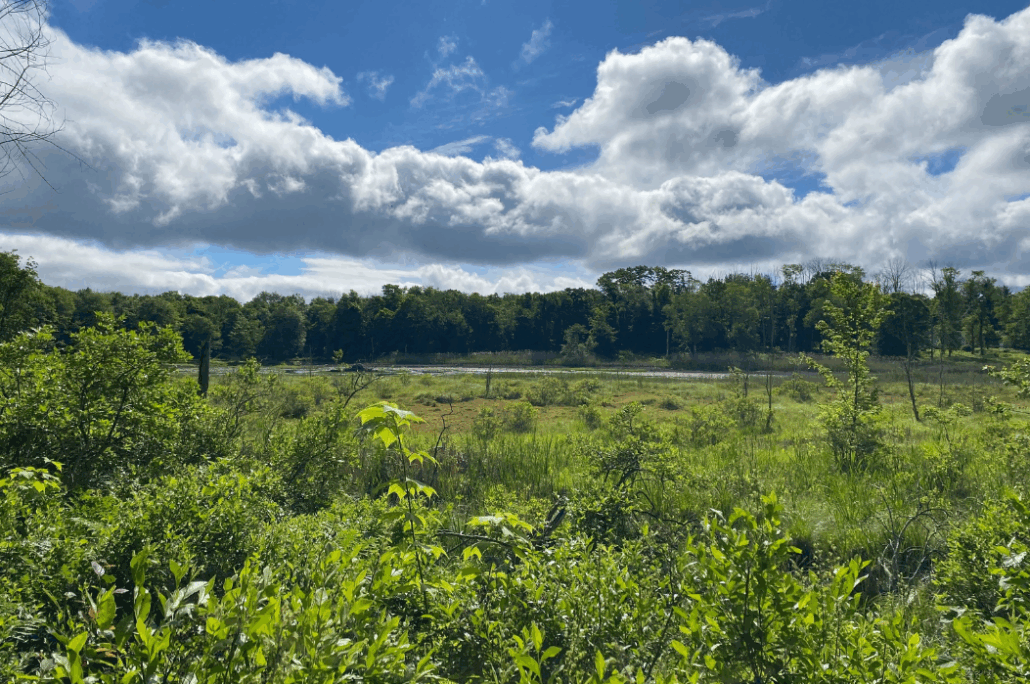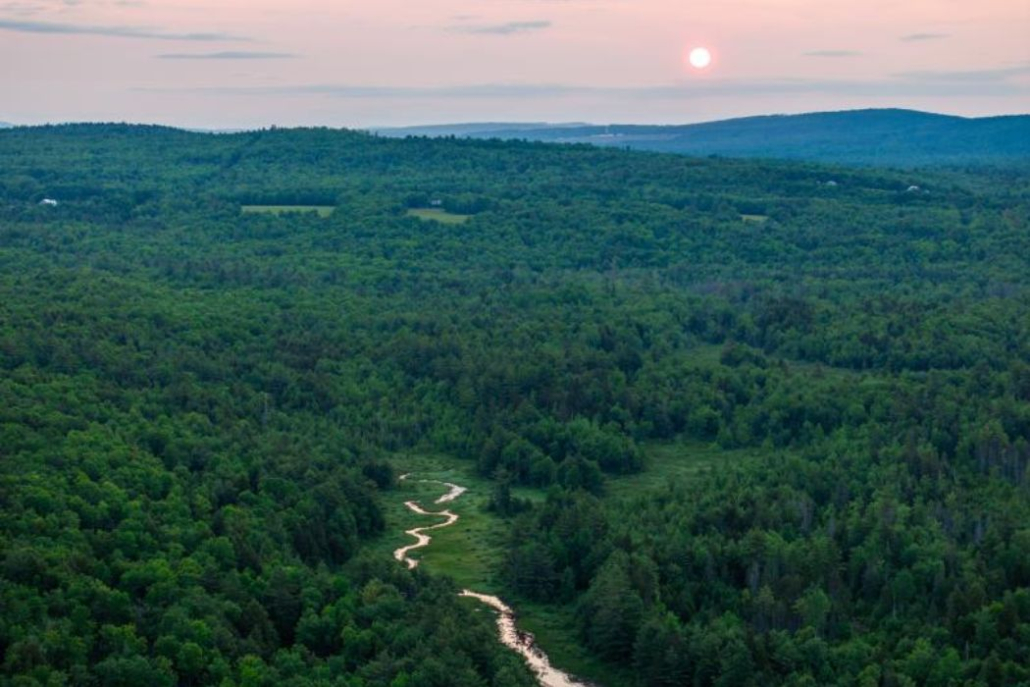Opinion: Coming Together for Old-Growth Forests
This opinion piece by Jon Leibowitz and John M. Hagan first appeared in the Portland Press Herald on September 30, 2025 as “Together, Maine timber companies and conservationists can protect old-growth forests.”
This summer, lawmakers in Augusta sent a resounding message: Mainers care about late-successional and old-growth (LSOG) forests. That message came in the form of LD 1529, which, among other things, directs state agencies to develop a comprehensive report by November 2026 on strategies to conserve LSOG forests.
The bill, which received broad bipartisan support and was signed into law by Gov. Mills in late June, recognizes the importance of LSOG for Maine’s biodiversity, climate and communities.
These forests, in which most trees are older than 150 years, have ecological characteristics that are uncommon or absent in younger forests. They also provide havens of solace and contemplation for humans in a frenzied world.
Fortunately, new light-detection-and-ranging (LiDAR) technology is helping us find LSOG forest stands that we did not know existed — and revealing how fast we’re losing it.
At the time of European settlement, 70 to 80 percent of Maine was LSOG. Today it’s less than 4 percent, and declining rapidly. In just the last eight years, some 37,000 acres of LSOG have been lost. At this rate, half of the recently identified LSOG will be gone in about 30 years.
The good news is that this alarming trajectory is not locked in. The passage of LD 1529, by bringing LSOG and its contributions to human and ecological well-being to the fore, has underscored an opportunity for timberland owners and conservationists to chart a more hopeful future for Maine’s LSOG.
Where Maine’s LSOG persists is the crux of that opportunity. Most of it occurs on the 85 percent of Maine’s unorganized territory that is privately owned, largely by commercial timber companies.
LSOG stands are understandably important to these timberland owners — they often contain a high density of valuable large trees. But these stands are also vital for biodiversity, serving distinct functions for wildlife that prefer older forests.
Those functions run the ecological gamut. LSOG stands offer vital nesting and denning sites for countless species. Many lichens and mosses, which give LSOG forests their characteristic ancient look and feel, are only found on older trees. Still other creatures depend on these trees when they die and topple over, remaining for decades as logs on the forest floor.
If one side of this LSOG conservation equation is the companies that own the land where these forests reside, the other is conservationists who can help protect that land.
Land trusts in particular are ideal partners for LSOG conservation, as there is a robust history of these organizations working with timberland owners — entirely on a voluntary and private level — to conserve lands for multiple uses. We suggest this long standing partnership put the urgent protection of LSOG into focus, which would be a win-win for both parties.
Timber companies and land trusts have a variety of market-based tools at their disposal. One is timber harvest deferrals, where landowners can be compensated to delay harvesting of LSOG for a period of time.
Conservation easements are another familiar and proven strategy. And not to be discounted is the purchase of the most ecologically significant LSOG by land trusts at fair market value.
The loss of LSOG is a global conservation challenge. For Maine, LD 1529 makes clear that LSOG is no longer a niche concern for forest ecologists and conservation practitioners.
It reflects growing public recognition of the need to protect precious and rare old forests —and offers a ripe opportunity for timberland owners and conservation-oriented organizations to work together for the common good.




